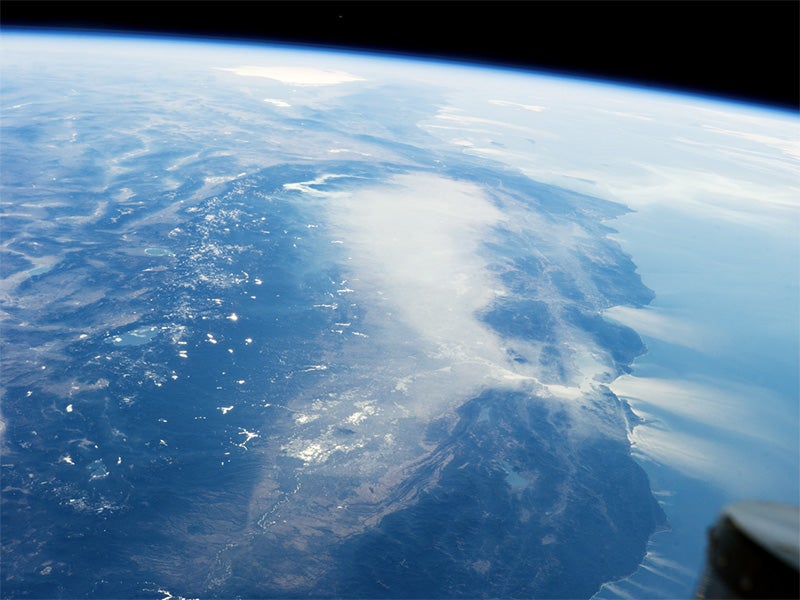Choke on This: Valley to Miss Air Quality Deadline
San Joaquin Valley misses federal deadline to clean its notoriously polluted air.

This page was published 11 years ago. Find the latest on Earthjustice’s work.
The San Joaquin Valley Air District is once again on track to miss a federal deadline to clean up the air in the notoriously polluted air basin it serves.
While missing an air quality deadline is a blow to public health in any region, it is particularly devastating in the San Joaquin Valley. The valley experiences higher levels of poverty and unemployment than the rest of California, all while being exposed to outrageous levels of pollution and suffering from the resulting health impacts.
Missing an air quality deadline in the San Joaquin Valley means more days of school and work missed, more time spent in emergency rooms and doctors’ offices, and more doctor bills to pay. Valley residents can’t afford this, and they shouldn’t have to.
According to the Air District, however, there’s simply nothing they can do. The Air District instead offers excuses for its failure to control emissions and protect public health, implying that the drought and air pollution drifting into the Valley from other areas excuse the Air District from regulating sources of pollution within its own boundaries. A 2014 version of “the dog ate my homework,” if you will.
The Central Valley Air Quality coalition, of which Earthjustice is a member, disagrees. We know, even if the San Joaquin Valley Air District doesn’t, that its mission is “to improve the health and quality of life for all Valley residents.” And we also know that there are common-sense measures that the Air District can take to reduce pollution in the air basin.
The Air District could begin by closing loopholes for the Valley’s under-regulated industries. For example, it is legal for oil and gas companies to burn unused natural gas in flares for hours on end, exposing residents to dangerous levels of air pollutants. These emissions will grow as the oil and gas industry continues to grow in the southern San Joaquin Valley, and truly will make it impossible to attain clean air standards unless tighter controls are put in place. Other under-regulated sectors include charbroilers used at restaurants, fleets of vehicles owned by public agencies, ammonia emitted from dairies.
Though the Air District’s reluctance to act has been disappointing, this summer brings new opportunities to improve air quality in the valley. Earthjustice and its coalition members are demanding stronger action to reduce emissions as the planning process to meet the latest smog standard begins. Those actions will reduce soot pollution in the valley as well, since the nitrogen oxides that will be controlled contribute to the formation of both smog and soot.
And if, as expected, the Air District fails to meet the soot standard by the April 2015 deadline, we will be there to advocate for additional regulations and to ensure that the District creates a plan that leads to attainment as quickly as possible. It’s time to stop looking for ways to avoid taking action, and to start confronting and overcoming the remaining obstacles to clean air.
The California Regional Office fights for the rights of all to a healthy environment regardless of where in the state they live; we fight to protect the magnificent natural spaces and wildlife found in California; and we fight to transition California to a zero-emissions future where cars, trucks, buildings, and power plants run on clean energy, not fossil fuels.